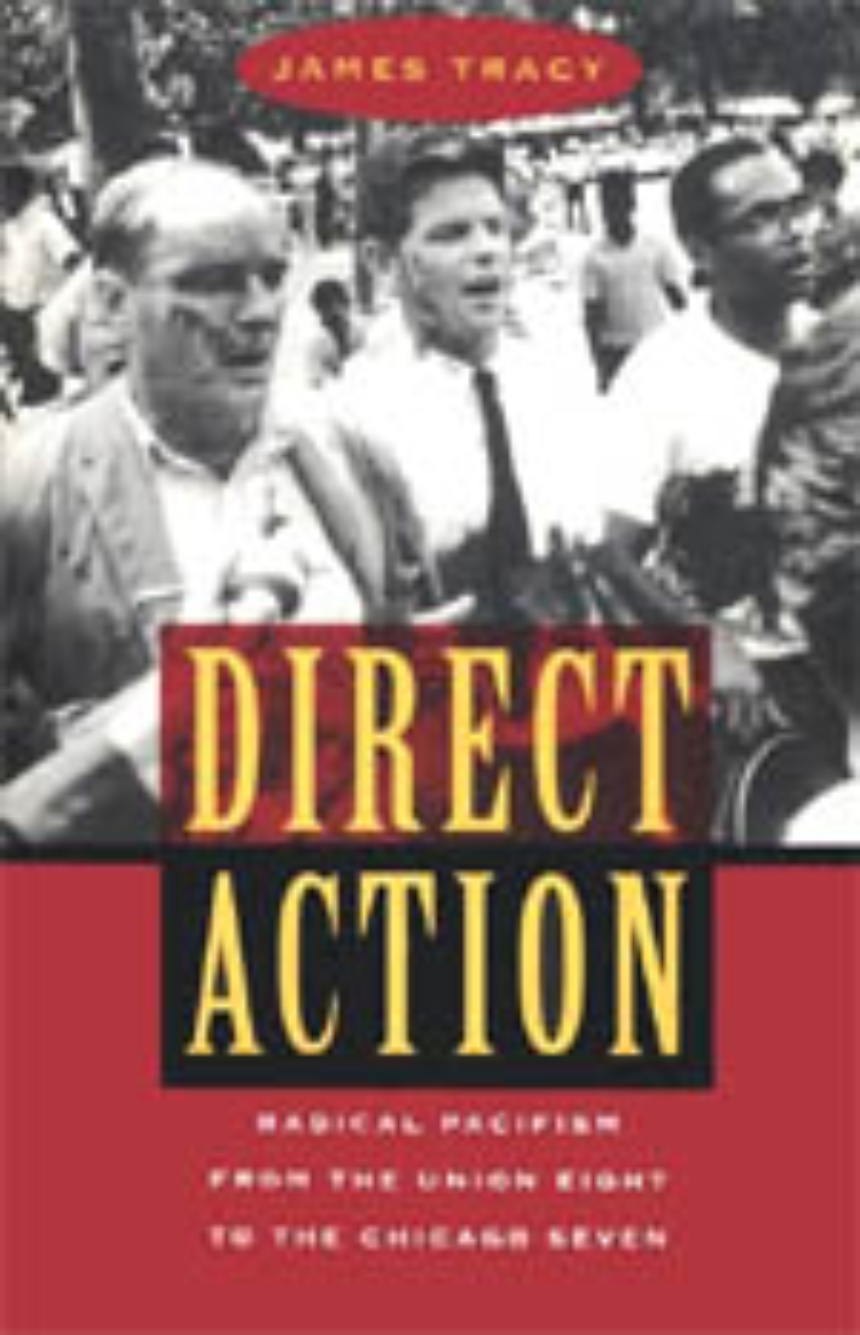Direct Action
Radical Pacifism from the Union Eight to the Chicago Seven
9780226811307
9780226811277
Direct Action
Radical Pacifism from the Union Eight to the Chicago Seven
Direct Action tells the story of how a small group of "radical pacifists"—nonviolent activists such as David Dellinger, Staughton Lynd, A.J. Muste, and Bayard Rustin—played a major role in the rebirth of American radicalism and social protest in the 1950s and 1960s. Coming together in the camps and prisons where conscientious objectors were placed during World War II, radical pacifists developed an experimental protest style that emphasized media-savvy, symbolic confrontation with institutions deemed oppressive. Due to their tactical commitment to nonviolent direct action, they became the principal interpreters of Gandhism on the American Left, and indelibly stamped postwar America with their methods and ethos. Genealogies of the Civil Rights, antiwar, and antinuclear movements in this period are incomplete without understanding the history of radical pacifism.
Taking us through the Vietnam war protests, this detailed treatment of radical pacifism reveals the strengths and limitations of American individualism in the modern era.
Taking us through the Vietnam war protests, this detailed treatment of radical pacifism reveals the strengths and limitations of American individualism in the modern era.
212 pages | 10 halftones | 5-1/2 x 8-1/2 | © 1996
History: American History
Political Science: American Government and Politics
